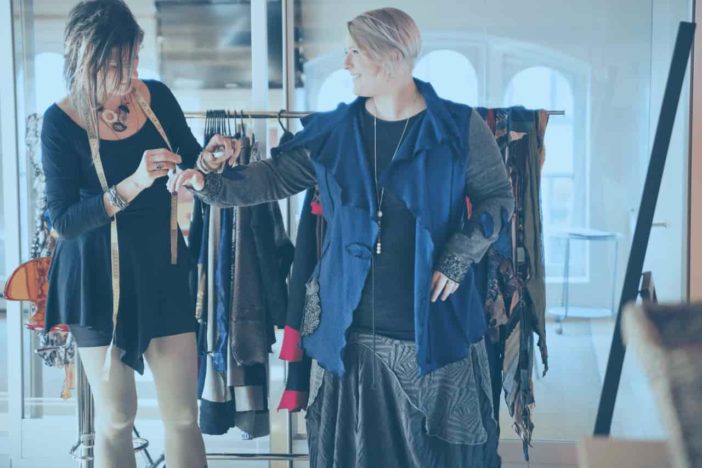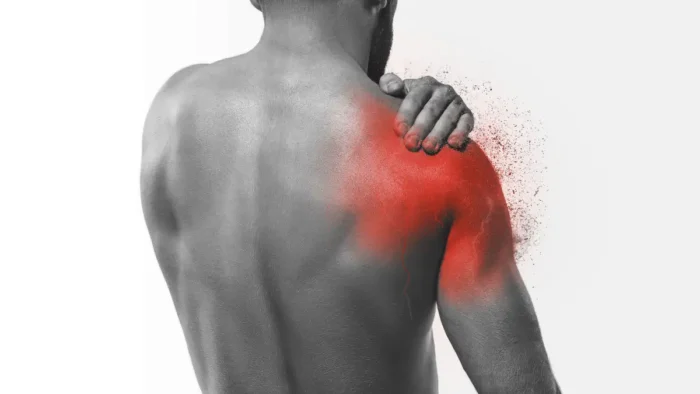Finding the best place to buy 4X 5X 6X plus-size clothing could be daunting. Clothes that only went up to size 12 are more widespread in recent years. Furthermore, the current industry is taking a long time to accept plus-size styles. Things are gradually improving, though. The days of poorly fitted trousers and enormous gowns are virtually behind us.
Plus-size fashion has no standard definition. The Oxford Dictionary, for example, describes plus-size clothes as “clothing for ladies of a size greater than the regular range.” There could be a better description of plus-size beauty. One of which is “apparel for women larger than the ladies generally targeted by the conventional fashion market.”
Nevertheless, have you ever wondered how we got to this point in fashion? Today, we are here to walk you through the long history and feats of the plus-size fashion industry.
The Timeline
- The 1800s – Ideal Curves
- 1904 – THe First Plus-Size Retailer
- 1909 – Engineering Escapades
- The 1940s – The Ideal “American Woman”
- The 1960s-1970s – A Revolution for Acceptance
- The 1980s – Getting in the Game
- The 1990s – Making it in the Magazine
- 2001 – Major Magazine Moments
- 2008 – Confidence in Style
The 1800s – Ideal Curves
In the 1800s, people considered curvaceous physique to be the ideal one. However, things changed in the 1900s, according to Dr. Lauren Downing Peters. Furthermore, as technology evolved, clothing was no longer created by request. As a result of mass manufacturing, fewer people with different body types could find the desired garments.
Moreover, the industry initially separated stout wear from the other sizes. This is to solve the community’s particular shopping difficulties at the time. One of the problems is businesses not supplying larger sizes for their customers.
1904 – The First Plus-Size Retailer
The first purely plus-size clothing retailer opened its doors in 1904. In New York City, Lena Bryant founded a business. A customer made a pre-order request for a maternity dress, which was considered controversial at the time. It was a first-of-its-kind style.
1909 – Engineering Escapades
Bryant met Albert Malsin, a mechanical engineer who would later become her future husband in 1909. Malsin was so impressed by Bryant’s adjustable belts, according to Peters’ dissertation. This inspired him to invent additional designs to fit different sizes of women. Malsin polled over 4,000 clients and used his technical experience to better comprehend “stout” women’s contours.
He based his research findings and cross-referenced with insurance data on 200,000 female policyholders. Malsin discovered how the shapes of women with bust size 44 and up differed from the standard sizing and grading systems.
Additionally, Malsin’s studies revealed that women’s bodies differed in shape from one individual to another. He identified and published the three most common shapes he came across during his investigation to make things easier.
The 1940s – The Ideal “American Woman”
According to Peters, America was attempting to establish itself as a significant player in the apparel business by the 1940s. As a result, people considered the idea of the ideal “American woman.”
People decided the “Ideal American woman” to be tall, well-rounded, and sporty. As a result, the fashion industry has forgotten to provide better clothing for women who do not fall into those categories. Retailers, on the other hand, occasionally carried plus-size clothing.
Additionally, the advertisements did not realistically show the targeted consumers. The advertising campaigns frequently used language that was almost inappropriate.
The 1960s-1970s – A Revolution for Acceptance
The revolution was all over the place in the 1960s. As a result, women began to take inspiration from anti-Vietnam War marches. Through the revolutionary fat-acceptance movement, they joined together to oppose discrimination.
The campaign had little to do with fashion at all. However, it paved the way for the shift in mindset that transpired in the fashion industry in the ensuing years.
Clothing in the 1970s became more about enjoying their bodies rather than trying to hide or conceal people’s natural shapes. During this time, a modeling agency that only represented plus-size and petite ladies opened.
The 1980s – Getting in the Game
The term “plus-size” didn’t become the description of preference for sizes 14 and above until the 1980s. Because of the downturn in selling luxury items, even high-end fashion designers became engaged. Vogue, known for its lack of size variety on its pages, published exclusive plus-size advertorials.

The 1990s – Making it in the Magazine
BBW catered to the community by providing lifestyle, wellness, and fashion content. They featured pullouts in their early editions requesting that designers produce plus-size clothing. With subsequent issues, the magazine eventually took a different path. However, in 1997, BBW introduced the Mode Magazine.
2001 – Major Magazine Moments
The plus-size fashion industry was the sole emphasis of Mode magazine. They also provided consistent work for stylists and models who had little exposure elsewhere.
The magazine’s publication marked a significant milestone in Emme’s modeling career. As a result, she became the first plus-size supermodel. Even though the magazine only lasted a few years, it was a defining moment for plus-size fashion history.
2008 – Confidence in Style
Plus-size communities gravitated to Tumblr after the new world to seek types of individuals just like them. They were looking for a new generation of body-positive pioneers to join the scene.
The year 2008 marked the start of the plus-size trend period. Marie Denee, Gabi Fresh, and Nicolette Mason are notable names leading the charge. Gwen DeVoe, a former plus-size model, coordinated the first Fully Figured Fashion Week in 2009.
People no longer had to rely on marketing or magazines to portray them. There were fashionable, self-assured ladies in sizes 14 and higher. This demonstrates that everyone has a place in the fashion world.
Present
Plus-size models are adorning fashion magazines and strolling the runway these days. Notably, actors of all sizes appear in films and on television. There are lots of body-positive influencers and plus-size beauty sites to admire.
We still have a long road ahead, despite the growing appeal of plus-size models. Sizes 14 women are still overlooked in the industry. Additionally, not all women have equal access to the same number of wardrobe alternatives. More and more people continue to strive every day to develop the fashion scene further.
Every year, the publication of the Sports Illustrated Swimsuit Issue is a significant event in the fashion world. However, it’s an event that rarely makes the front pages of newspapers. This was until Robyn Lawley made an appearance in the 2015 issue. In the Magazine’s 50-year run, Robyn Lawley was the first plus-size model to grace its covers.
This demonstrates development in the fashion and media worlds’ perspectives toward curvaceous women. It’s also a reflection of the plus-size fashion industry’s growing influence, along with the increased confidence of plus-size women. However, it also emphasizes the ongoing obstacles that plus-size women experience.
FASHIONLINE is right at the marching front of plus-size fashion. With a revolutionary date-based supply chain and 15 years of experience in the fashion industry, it makes sure to deliver the best wholesale plus size clothing 4X 5X 6X. In addition, its in-house design team creates the latest fashion styles that are customizable to clients.





